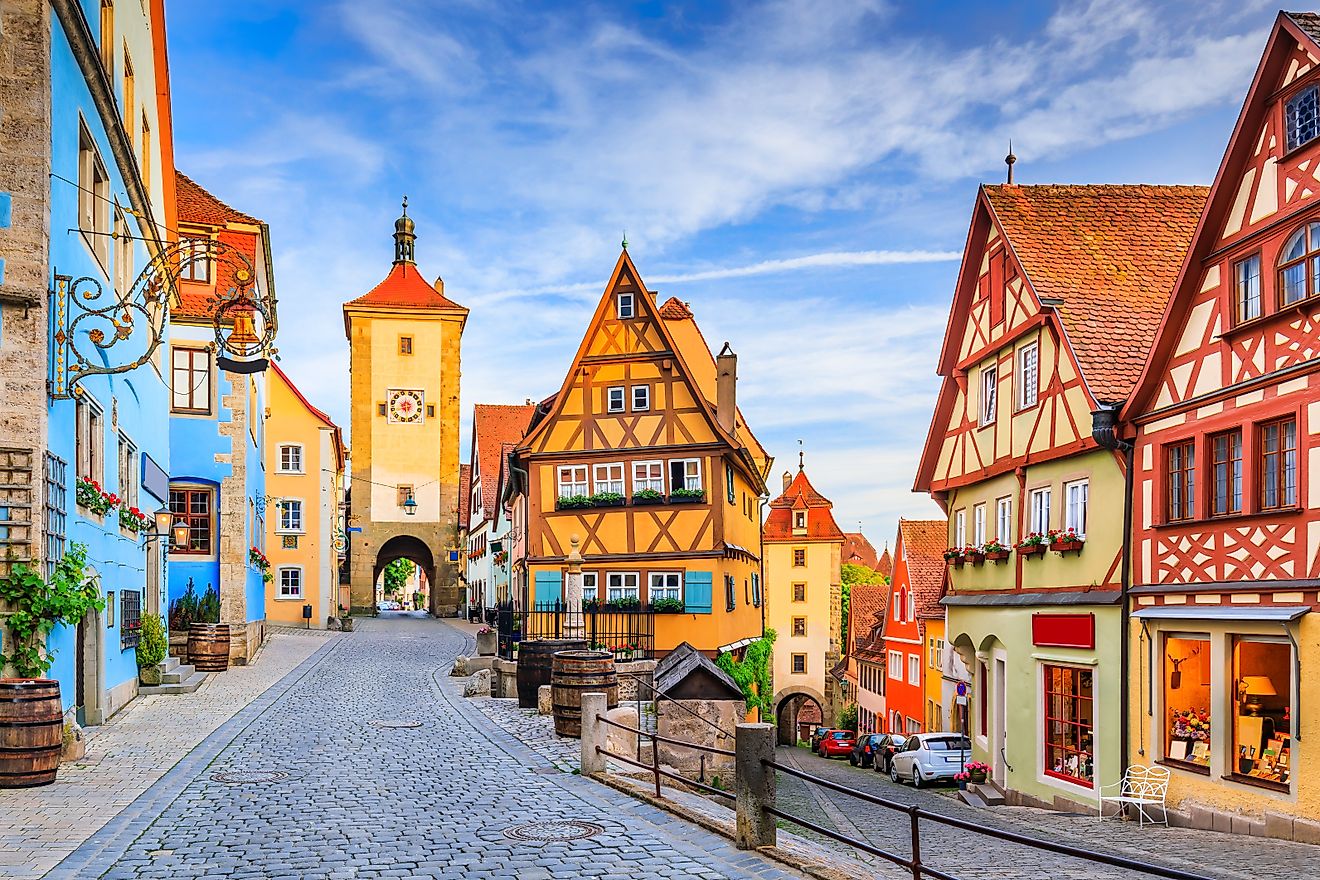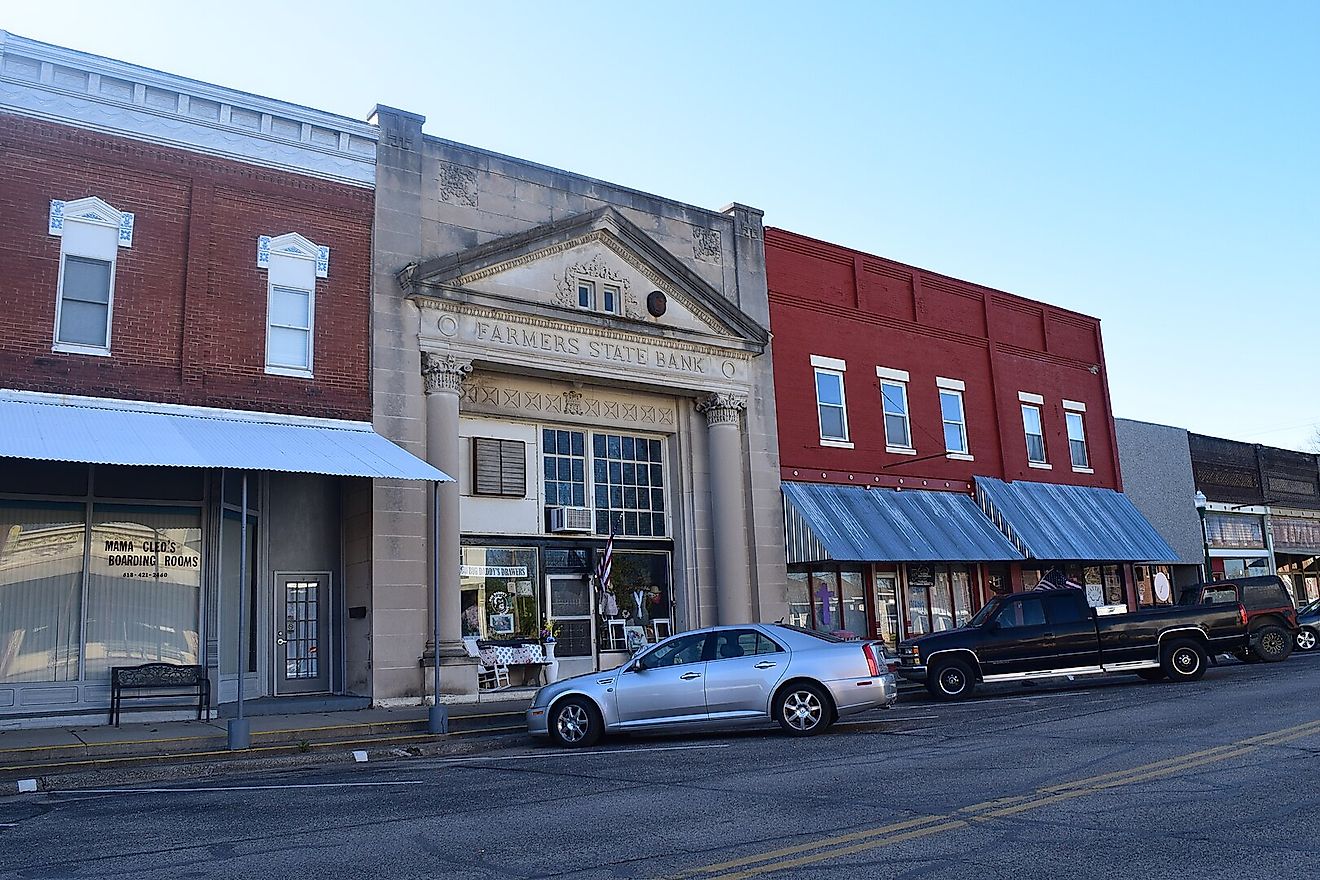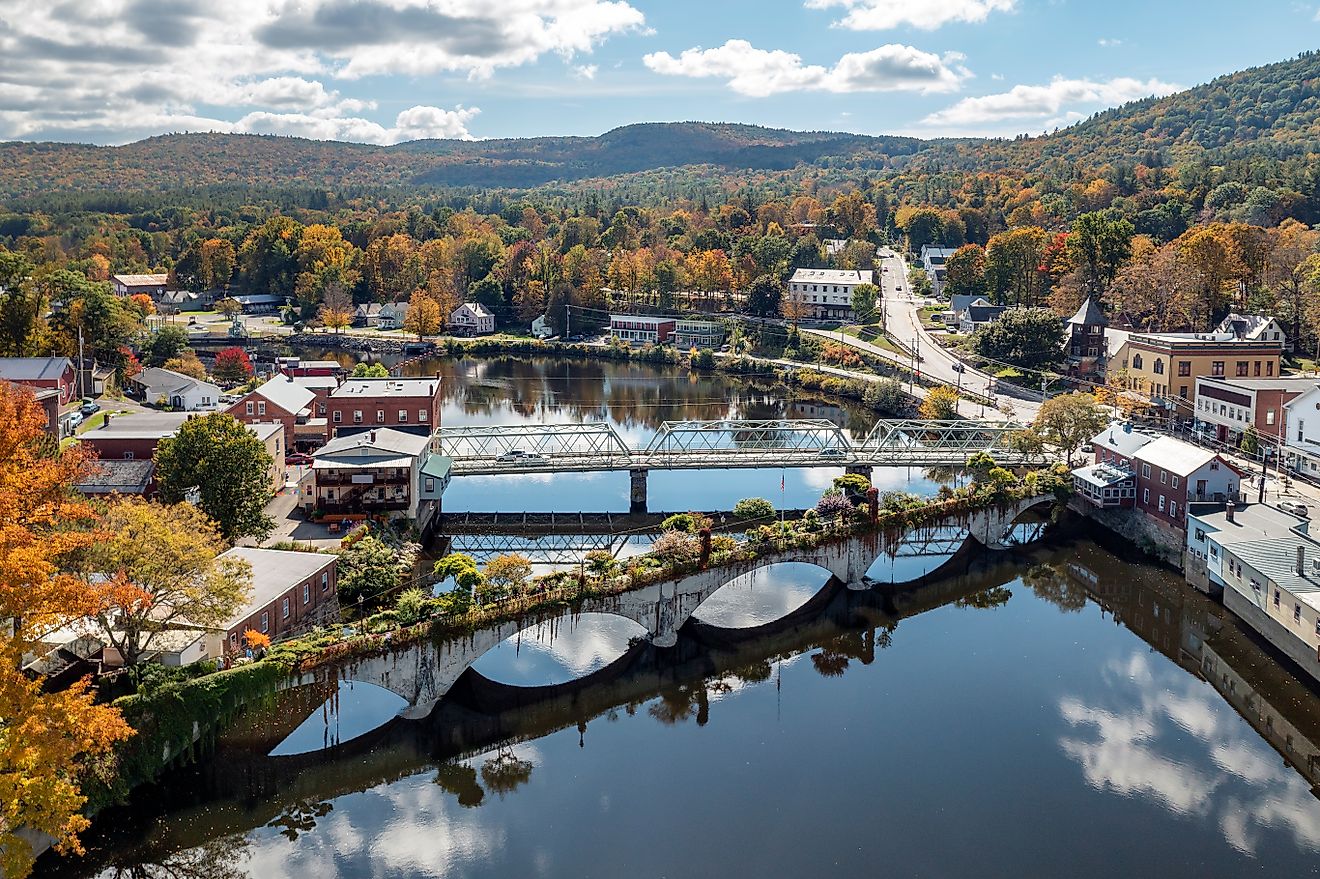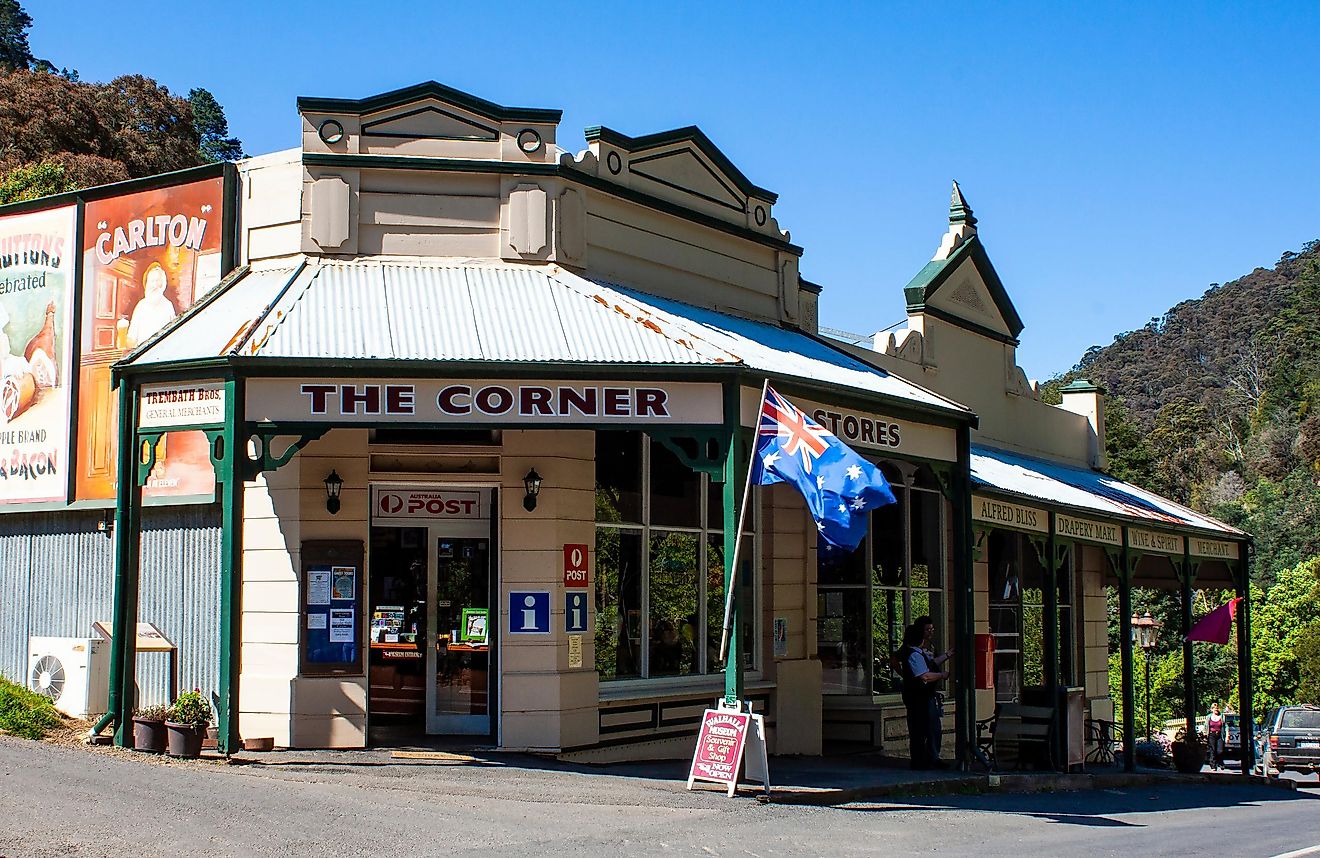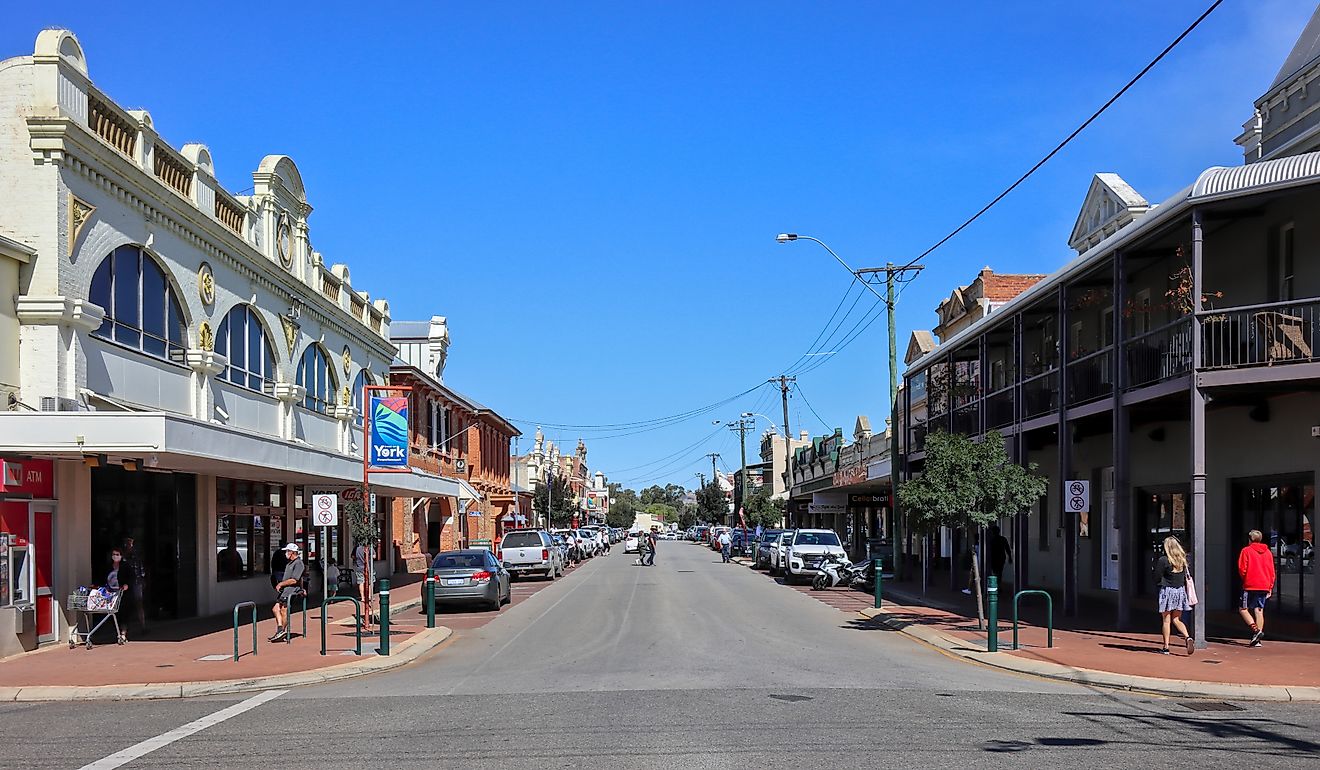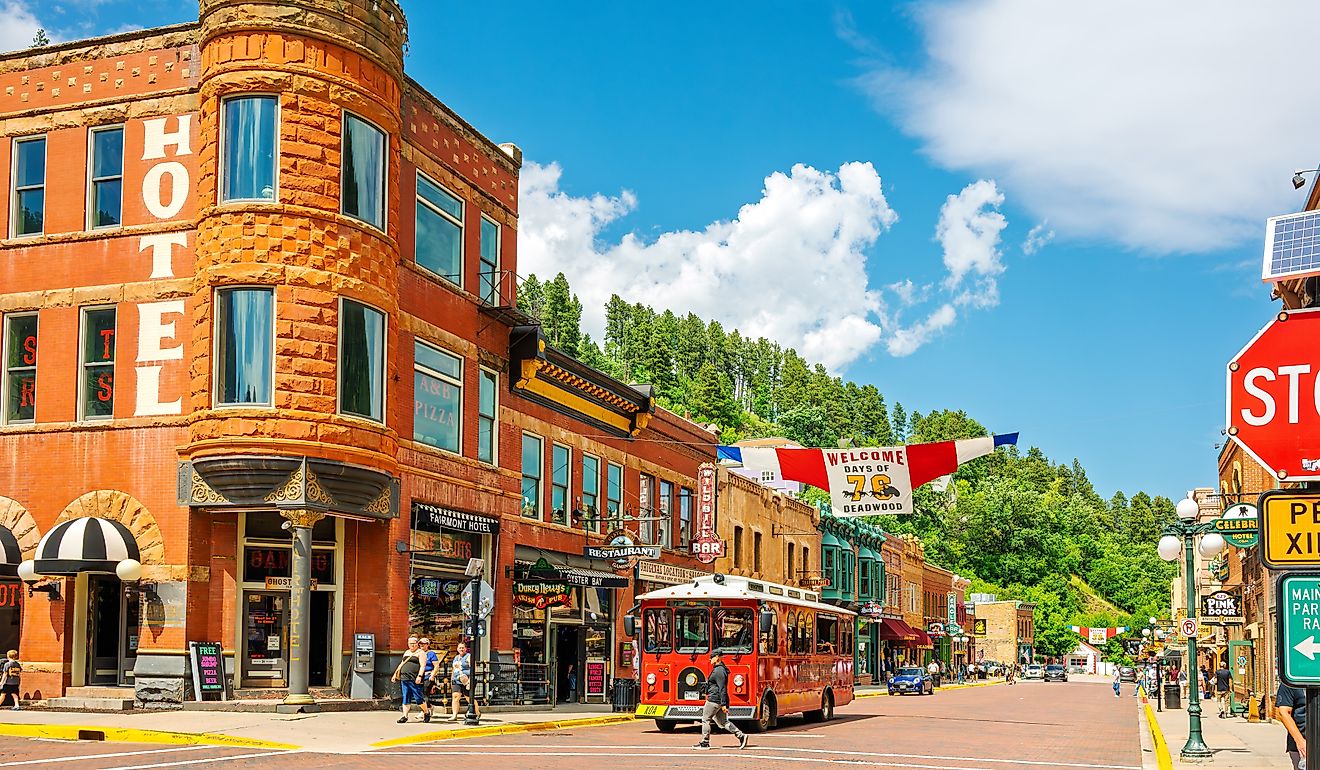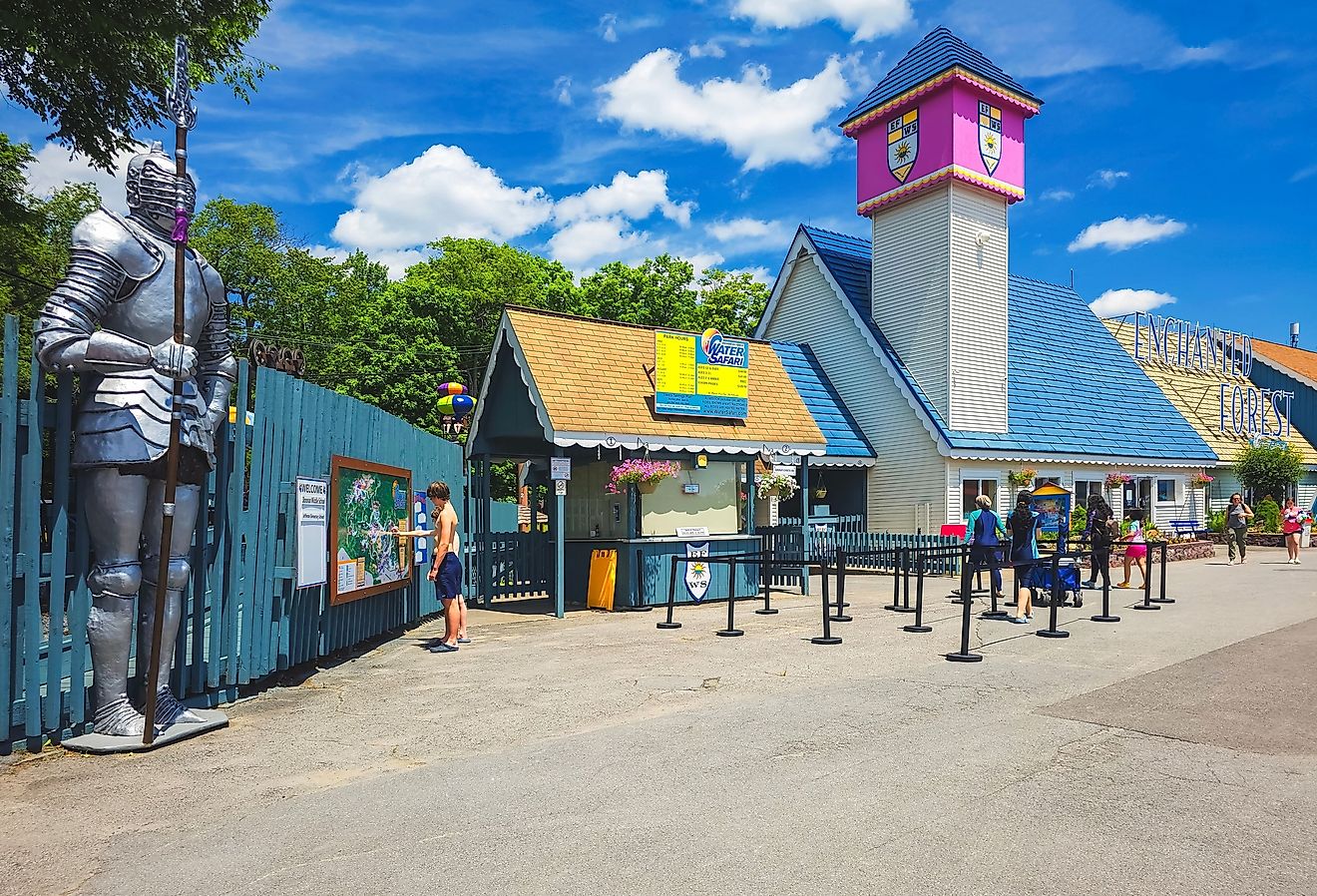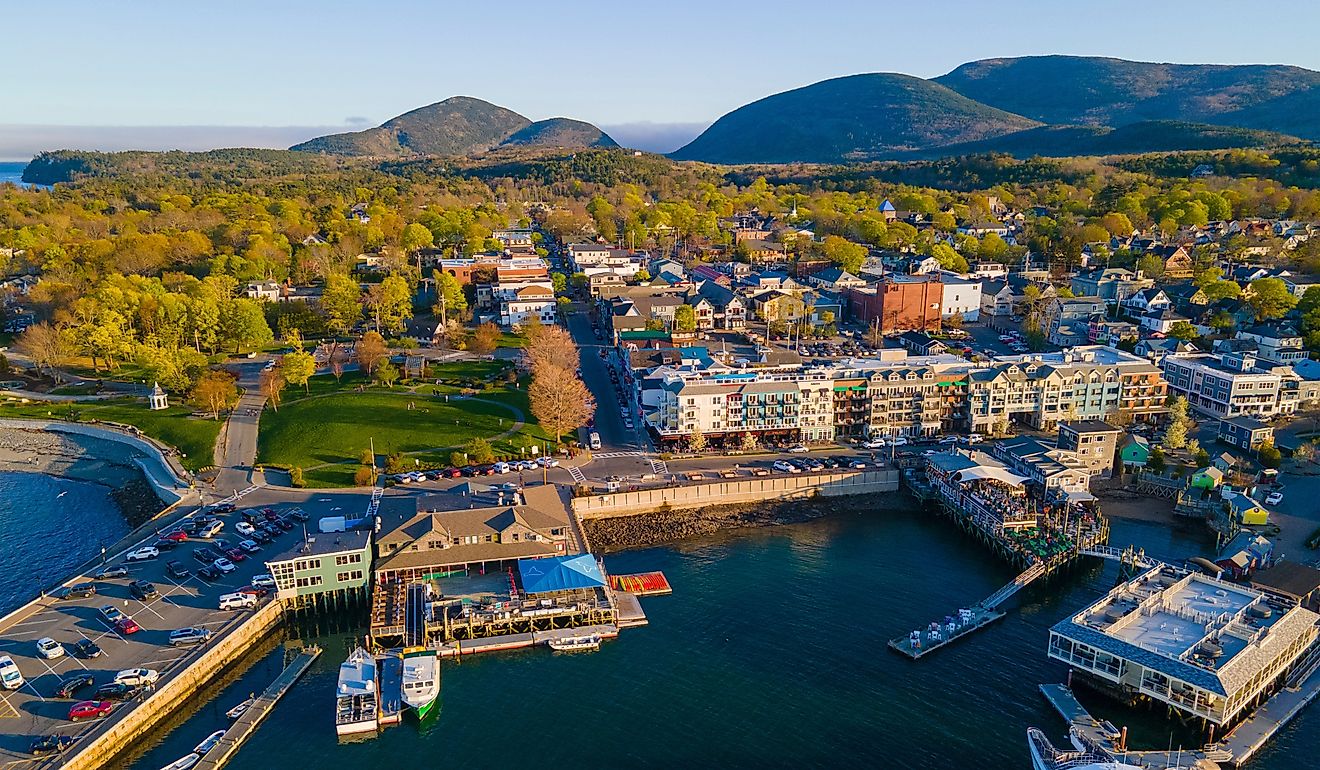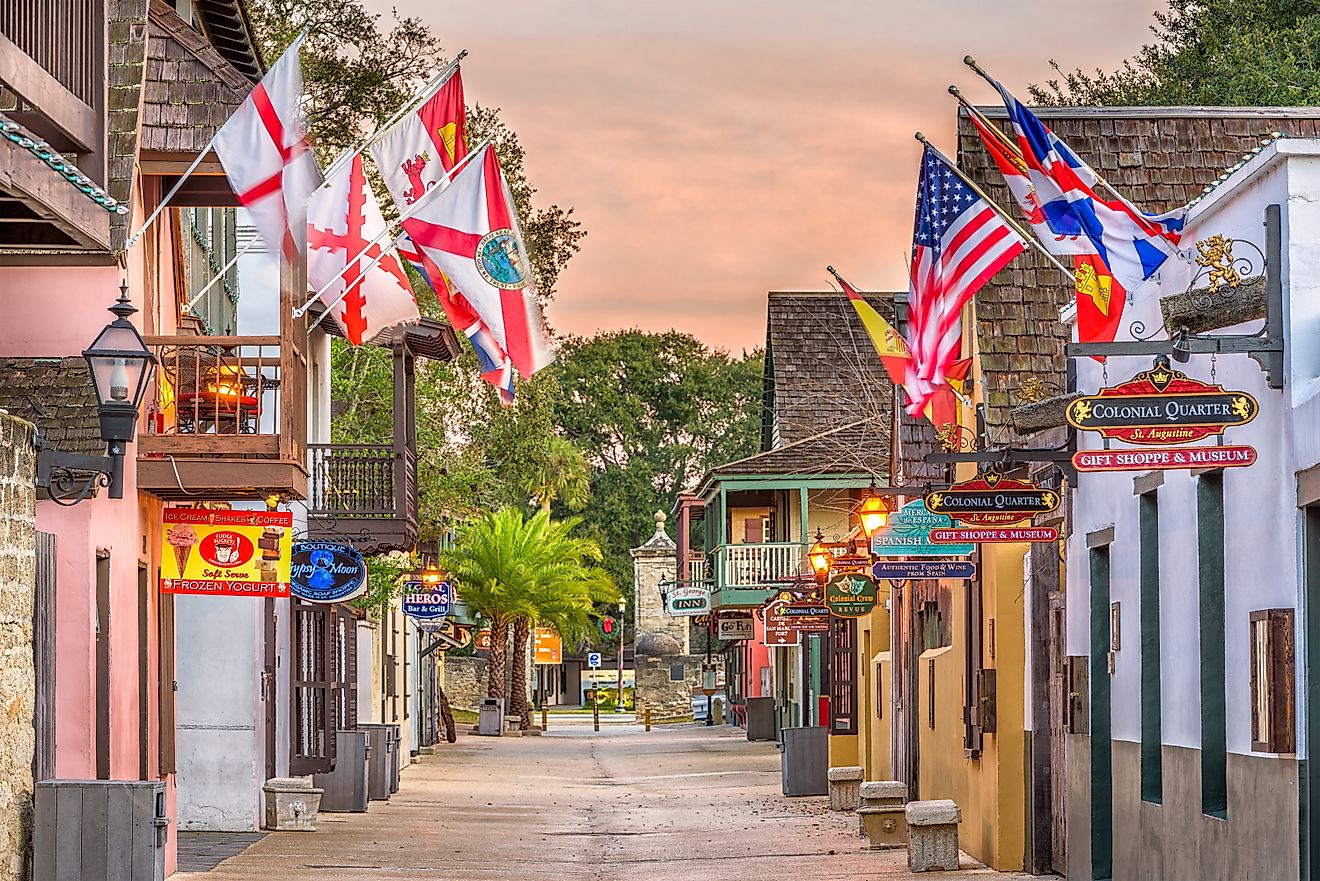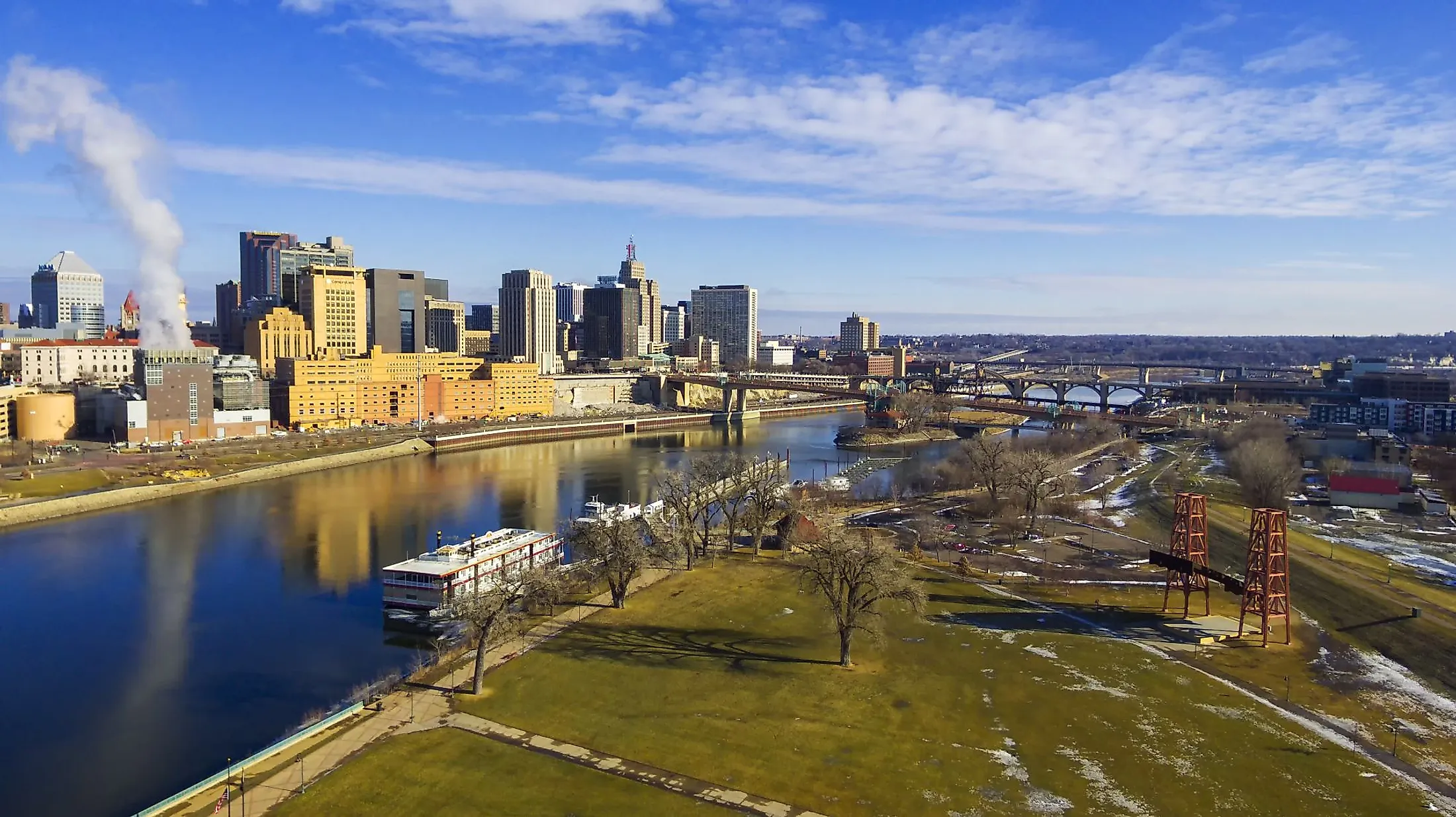
Saint Paul, Minnesota
Saint Paul is the capital of the US State of Minnesota and the seat of Ramsey County. The city is situated in the state's southeastern portion, where it merges with Minneapolis on the west to form the Twin Cities Metropolitan Area, which is the biggest conurbation in the state of Minnesota and the US north-central area. Saint Paul is considered one of Minnesota's oldest cities, featuring numerous historic districts and landmarks, including the Summit Avenue Neighborhood, the James J. Hill House, and the Cathedral of Saint Paul.
Geography And Climate Of Saint Paul
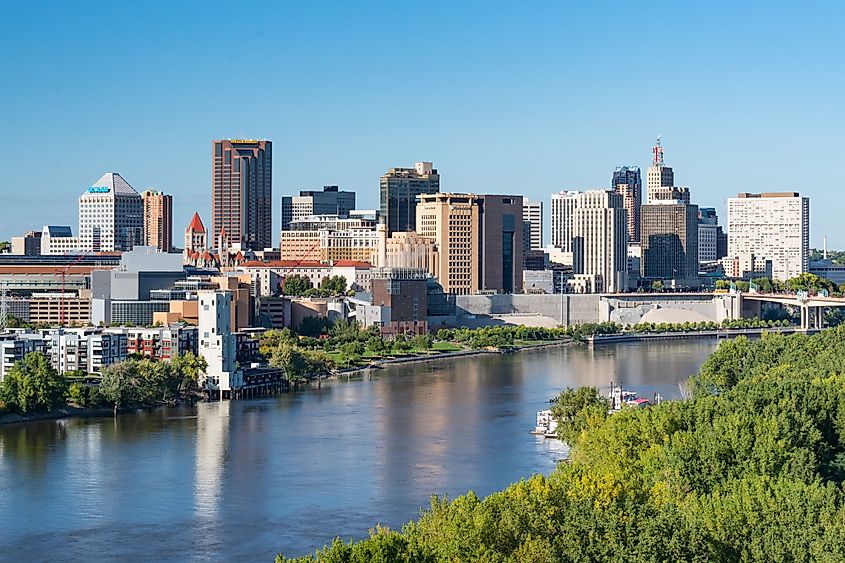
Saint Paul covers a total area of 145.51 sq. km, of which 134.63 sq. km are land, and around 10.88 sq. km are covered with water, with eight lakes distributed entirely or partially within its boundaries. Pig's Eye Lake is the largest lake inside the city, followed by Lake Phalen and Lake Como. Moreover, Saint Paul is surrounded by the Mississippi River, serving as a border from the west, southwest, and southeast sides. Minneapolis neighbors the city from the west, whereas Falcon Heights, Lauderdale, Roseville, Maplewood, West Saint Paul, and South Saint Paul border St. Paul from the north, east, and south, respectively. Furthermore, the city lies along a deep S-shaped curve of the Mississippi that is based on a chain of bluffs rising from the river to the surrounding grounds.
The climate in Saint Paul is cool and temperate, with long snowy winters and warm summers. The skies are partly covered with clouds most of the days, with temperatures typically varying between -13 °C and 28 °C and are hardly below -24 °C or above 33 °C. The best time to visit Saint Paul for warm-weather activities for tourists is between June and September.
History Of Saint Paul
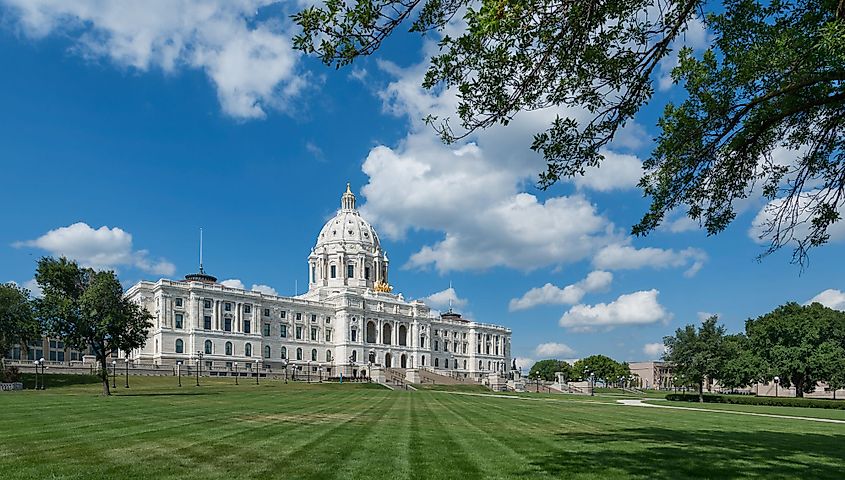
The area was inhabited initially by the Sioux and Ojibwa native tribes; it was known as "Imnizaskadan," which meant "little white rock" in their language. Then in 1680, the Franciscan missionary Louis Hennepin approved the site, to be explored later in 1766 by Jonathan Carver, who found a nearby cave known as Carver's Cave. In 1805, the leader of an American expedition, Zebulon Montgomery Pike, discovered the headwaters of the Mississippi River and made an agreement with the Sioux to control the region, where the discussed territory was set on both banks of the Mississippi River. Beginning from Saint Anthony Falls, which is currently known as Minneapolis, until its convergence with the Saint Croix River, along with the construction of Fort Snelling that, was built on the territory in 1819 at the confluence of the Mississippi and Minnesota Rivers. The 1837 Treaty with the Sioux eventually led to the abandonment of all local tribal territory located east of the Mississippi and ceded them to the US Government. The first land entitlement was announced in 1838 by Pierre Parrant, who was followed by Abraham Perry, where the settlement was named Pig's Eye Landing until 1841. Later on, the Roman Catholic missionary Lucien Galtier constructed an iconic chapel devoted to the apostle Paul and named the city after it. In 1849, St. Paul became the capital of the Minnesota Territory, and it was designated as the state capital when Minnesota was introduced to the Union in 1858.
The Population And Economy Of Saint Paul
As per the latest US Census, Saint Paul city has a population of 311,504 residents, with 79.95% of those residents being born in the United States and almost 54.57% of them being born in Minnesota. Whereas 9.48% of the overall population are not US citizens, mainly originating from Asia.
The strategic location of St. Paul has always given it economic power through hiring the Mississippi River for trade and transportation traffic. Today, the main economic sectors that Saint Paul relies on are services, wholesale, and retail trade, along with manufacturing and government. Besides Minneapolis, Saint Paul is the location of one of the most significant amounts of high-technology firms in the US, ranking among the vital commercial centers between Chicago and the West Coast. The city also serves as one of the region's two or three largest livestock and meat-packaging hubs. From another perspective, the average income of a Saint Paul team member is $26,268 a year, undergoing a 7.9% sales tax and 7.1% income tax.
Attractions In Saint Paul
Cathedral of St. Paul
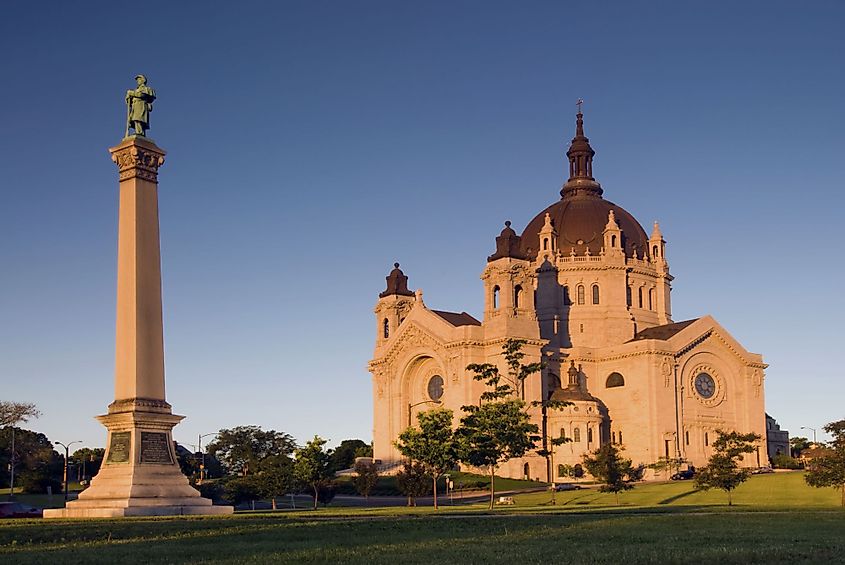
Built in 1906, the Classical Renaissance-style Cathedral of St. Paul was replicated after St. Peter's Basilica in the Vatican City and is considered a National Shrine of the Apostle Paul that the Vatican designated in 2009. The Cathedral is a pilgrimage location for many Catholics, hosting up to 3,000 visitors while holding events all year long, like concerts and organ shows on the Cathedral's two Skinner organs, in addition to performances by the Minnesota Orchestra and choral exhibitions.
Como Park Zoo and Conservatory
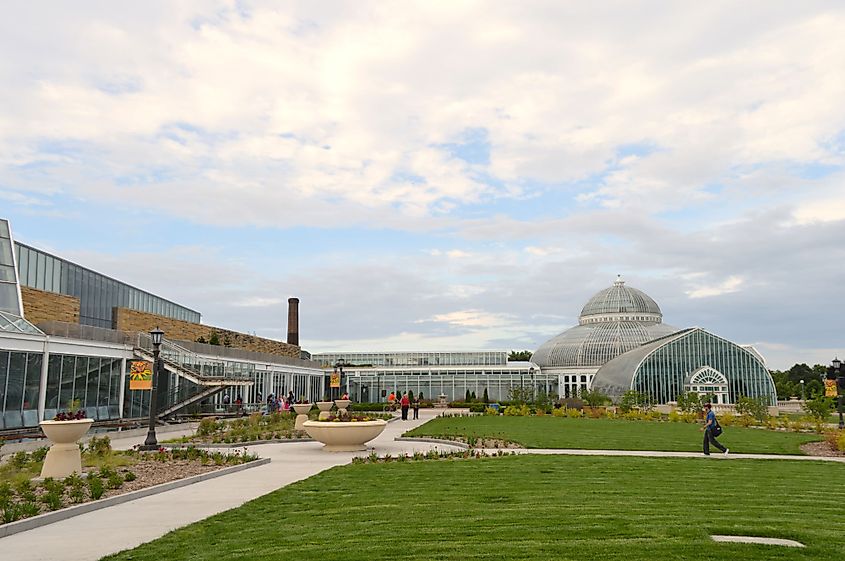
Como Park Conservatory in Saint Paul was established in 1915 and currently features a list of animals in natural environments, including big cats like lions and snow leopards, as well as primates like gorillas and spider monkeys, sloths, and zebras. The zoo also hosts aquatic animals like sea lions, seals, and penguins, in addition to some tropical animals like anaconda and the Galapagos tortoise. One of the most popular interests at the Como Park Zoo is the giraffe feeding station, in addition to a special frog environment, which points to conservation, as well as an educational gallery including a butterfly garden and an orchid house.
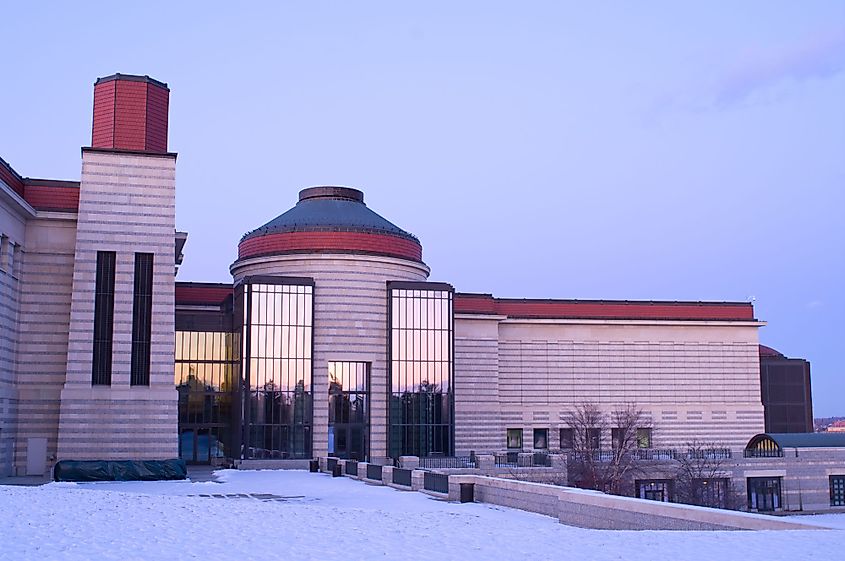
Furthermore, Saint Paul is home to a variety of historical attractions like the Minnesota History Center, the State Capitol, and the James J. Hill House, along with a collection of Victorian Buildings on Summit Avenue with 373 historic mansions that are still standing since they were built in the mid-19th century as residences of St. Paul's millionaires throughout the years. With over 95 languages and dialects spoken in its public schools, Saint Paul is a city of culture, history, arts, fantasy, incredible foods, local brews, and incredible outdoor recreations. It is also home to the largest hockey mural in the world, measuring 300 by 50 feet installment illuminating the top of Downtown's Treasure Island Center.

